
Book
How to Think
Your Essential Guide to Clear, Critical Thought
Recommendation
You can think better, tech philosopher Tom Chatfield promises. He offers engaging explanations of the principles of critical thinking and, as examples, applies these principles to timely, relevant issues, such as the COVID-19 pandemic. He covers how to question your own assumptions and biases, improve your attention and formulate strong, logical arguments. This commonsense, practical personal development book offers helpful tools for anyone who wants to think and discuss more clearly and rationally.
Summary
About the Author
Tom Chatfield is a British tech philosopher, broadcaster and author. His books include Critical Thinking, How to Thrive in the Digital Age and Fun Inc.
By the same author
Book
Article
Learners who read this summary also read
Book
Book
Book
Book



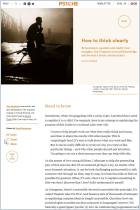
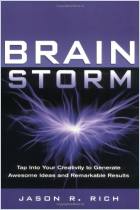

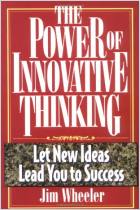
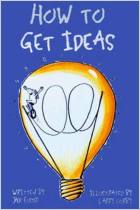
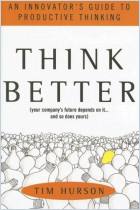
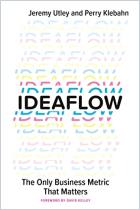




Comment on this summary